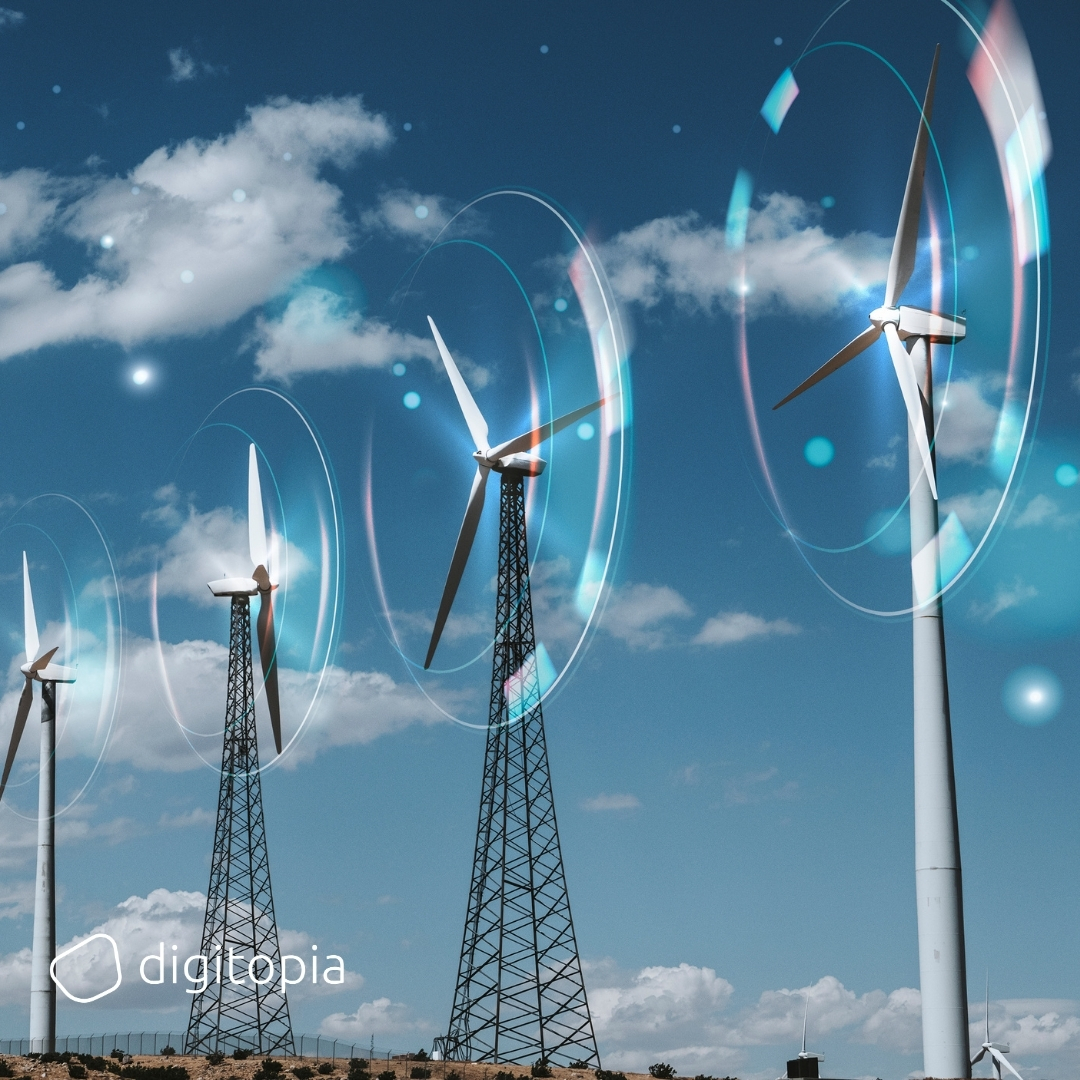
Energy is the foundation of modern life. It fuels our cities, powers innovation, and sustains human progress. Yet, the current energy landscape—dominated by fossil fuels—is unsustainable, both environmentally and geopolitically. As global energy demand soars, the need for cleaner, smarter, and more resilient energy systems has never been greater.
Enter the age of next-generation energy technologies—an era defined by breakthroughs in clean generation, long-duration storage, smart distribution, and sustainable consumption. These technologies are not only about decarbonization. They represent a structural shift toward resilience, independence, equity, and abundance.
Key Trends and Developments
The energy landscape is undergoing one of the most profound transformations in history. Driven by climate urgency, digital innovation, and shifting geopolitical dynamics, a wave of next-generation technologies is redefining how we generate, store, distribute, and consume power. These trends are not isolated—they’re interconnected and accelerating. Understanding them is essential for navigating a future built on clean, intelligent, and resilient energy systems.
Decentralization & Microgrids
Communities, campuses, and even households are generating their own energy using rooftop solar, wind turbines, and local storage. Microgrids provide autonomy, stability, and resilience—especially vital in disaster-prone or remote areas.
Next-Gen Storage Solutions
Solid-state batteries, iron-air batteries, liquid metal storage, and thermal and gravity-based systems are reshaping energy storage by extending duration, reducing cost, and improving safety.
Green Hydrogen
Using electrolysis powered by renewables, green hydrogen is unlocking carbon-free energy for industrial sectors, aviation, maritime, and long-haul transport where batteries fall short.
Fusion Power
Once considered theoretical, fusion is rapidly progressing. Companies and public institutions are racing to create stable, scalable, and safe fusion reactors that could provide virtually limitless clean energy.
AI and Smart Grids
AI algorithms are optimizing generation, distribution, demand forecasting, and dynamic pricing. Digital twins of energy systems are improving planning, maintenance, and integration of distributed assets.
Practical and Visionary Use Cases
The true power of next-generation energy technologies lies in their real-world applications—already reshaping how we produce, distribute, and consume power. From solar-charged villages to zero-carbon factories and future cities powered by fusion, these use cases illustrate both the practical and the profound. They show how visionary ideas are translating into scalable solutions that solve today’s challenges and unlock tomorrow’s opportunities.
Renewable + Storage Integration
Solar, wind, and next-gen batteries are enabling 24/7 clean power, eliminating intermittency and paving the way for fossil-free baseload energy.
Electrification of Industry
High-heat industrial processes are being redesigned to run on electric systems or green hydrogen, decarbonizing sectors like steel, cement, and chemicals.
Off-Grid Energy Access
Companies like Husk Power and d.light are transforming lives by delivering solar-based mini-grids and standalone systems to underserved communities.
EV-to-Grid Systems
Electric vehicles are becoming mobile storage assets. With vehicle-to-grid (V2G) technology, fleets of EVs can stabilize grids and support peak loads.
Fusion-Powered Urban Systems (Visionary)
By the 2040s, urban centers may be powered by compact, zero-emission fusion reactors, enabling abundant electricity, hydrogen production, and water desalination.
Leading Companies in Energy Technologies
The global clean energy transition is being driven by a powerful ecosystem of established companies that are not only redefining how energy is produced and stored, but also how it’s distributed, optimized, and scaled. These industry leaders are pioneering innovations in solar, wind, hydrogen, battery storage, fuel cells, fusion energy, and intelligent grid systems. Their efforts are laying the foundation for a more resilient, affordable, and zero-carbon energy future—one that supports both planetary health and economic opportunity.
Tesla Energy – Solar, Powerwall, and Megapack solutions transforming home and grid-scale energy.
CATL – A battery manufacturing giant advancing LFP, sodium-ion, and next-gen chemistries.
Bloom Energy – Fuel cell technology for clean, distributed baseload power.
TAE Technologies – Pioneering aneutronic fusion with scalable commercialization in sight.
Ørsted – Global leader in offshore wind farms and large-scale renewable integration.
Sun Cable (Australia/Singapore) – Developing the world’s largest solar + transmission project to export renewable power from Australia to Asia.
Xcel Energy – Among the first U.S. utilities to commit to 100% carbon-free electricity.
Nextracker – Solar tracking systems maximizing efficiency and output from PV installations.
Emerging Startups to Watch
While large energy players are leading the charge in scaling renewable infrastructure, the boldest breakthroughs often come from startups—nimble, mission-driven, and unafraid to rethink the fundamentals. These emerging companies are pioneering innovations in energy storage, green hydrogen, fusion, AI-driven grid management, and carbon removal. Many are still early-stage but show immense promise to disrupt legacy systems, fill critical gaps, and define the energy solutions of tomorrow.
Form Energy – Iron-air batteries providing multi-day storage at grid scale.
Helion Energy – Fast-track fusion startup backed by OpenAI’s Sam Altman.
Energy Vault – Using gravity-based systems to store and release energy.
H2Pro – High-efficiency electrolysis for affordable green hydrogen.
Octopus Energy – Using AI to manage flexible energy pricing and demand response.
Ambri – Liquid metal battery tech offering low-cost, long-duration energy storage.
Verdagy – Advanced electrolyzers for large-scale green hydrogen production.
Heirloom Carbon – Combining energy tech and direct air capture to remove atmospheric CO₂.
Quotes from Visionary Leaders
“Fusion has always been the energy of the future. Now, it’s about to become the energy of the present.”
— Dr. Michio Kaku, theoretical physicist
“The clean energy transition is the biggest economic opportunity since the Industrial Revolution.”
— Bill Gates, founder of Breakthrough Energy
“Energy is destiny. Whoever leads in clean energy will lead the global economy.”
— Fatih Birol, Executive Director, International Energy Agency
Leading Institutions Driving the Energy Future
Behind the breakthroughs in next-generation energy technologies are world-class research institutions and collaborative initiatives driving deep scientific discovery and large-scale engineering achievements. These institutions serve as the backbone of innovation—advancing clean energy research, proving fusion viability, enhancing grid efficiency, and shaping the policies that govern tomorrow’s energy systems. Their work is essential in ensuring that energy progress is not only technologically sound but also globally inclusive, secure, and sustainable.
CERN (Switzerland): Fundamental research into plasma physics and energy particle behavior.
ITER (France): International fusion megaproject aiming for net energy output from fusion by the 2030s.
NREL (USA): National Renewable Energy Lab leading R&D in solar, wind, grid integration, and storage.
Fraunhofer ISE (Germany): Cutting-edge work in PV efficiency, hydrogen, and sustainable buildings.
CEA (France): Advancing nuclear, hydrogen, and alternative energy research across Europe.
Lawrence Livermore National Lab (USA): Achieved historic fusion ignition in 2022, marking a major milestone.
Expanded Future Scenarios: The Energy Horizon
The journey toward a clean energy future will not be linear. It will unfold through a mix of breakthroughs, setbacks, market dynamics, and policy decisions. Future scenarios offer a framework for understanding the range of possible outcomes—from the dystopian to the transformational—and help executives, policymakers, and innovators prepare accordingly. What we do today will determine whether the energy transition becomes a source of global empowerment or deepening inequality.
Pessimistic Scenario: Gridlock and Regression
Decarbonization goals are missed due to geopolitical tensions, tech bottlenecks, and lack of investment. Fossil fuels dominate in emerging markets, leading to rising emissions, energy poverty, and climate instability. Energy insecurity sparks conflicts and accelerates migration crises.
Optimistic Scenario: Abundant, Clean, Universal
Fusion breakthroughs arrive earlier than expected. Solar, wind, and hydrogen scale exponentially. Storage becomes cheap and ubiquitous. AI-coordinated smart grids connect the globe. Clean energy access becomes universal, catalyzing prosperity, climate stability, and innovation everywhere.
Moderate Scenario: Regulated, Resilient, Regional
Progress is uneven but steady. Electrification advances in cities and developed nations, while rural areas benefit from microgrids. Fusion remains in pilot phases. Green hydrogen scales slowly. Carbon markets and tech neutrality policies guide a measured but meaningful transition.
Strategic Implications and Recommendations for Executives
As energy technologies reshape industries and societies, business leaders face both unprecedented opportunities and complex challenges. Understanding the technological landscape is just the beginning—true competitive advantage comes from translating insight into impact. This section outlines the strategic moves executives can make today to lead in a clean, connected, and resilient energy future. Whether you’re in manufacturing, logistics, real estate, finance, or technology, the energy transition touches every aspect of your value chain.
- Decarbonization Is Inevitable: Future-proof your supply chain and infrastructure now to meet regulatory, investor, and consumer expectations.
- Capitalize on Electrification: Transition heating, transport, and manufacturing to electric systems. Align with grid upgrades and flexibility initiatives.
- Invest in Resilience: Redundant power systems, microgrids, and on-site storage mitigate energy shocks and strengthen operational continuity.
- Innovate Through Ecosystems: Partner with energy startups, national labs, and cleantech accelerators to access frontier innovation.
- Develop Circular Energy Strategies: Integrate energy thinking into product design, waste heat recovery, and end-of-life material use.
Final Thought: The Future Runs on Clean Power
Next-generation energy isn’t a trend—it’s the infrastructure of the future. Business leaders who understand and invest in this transformation today will be tomorrow’s innovators, market leaders, and global citizens.




